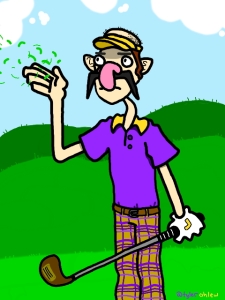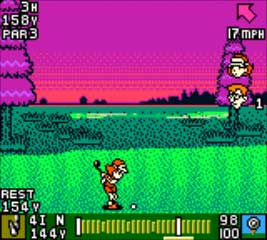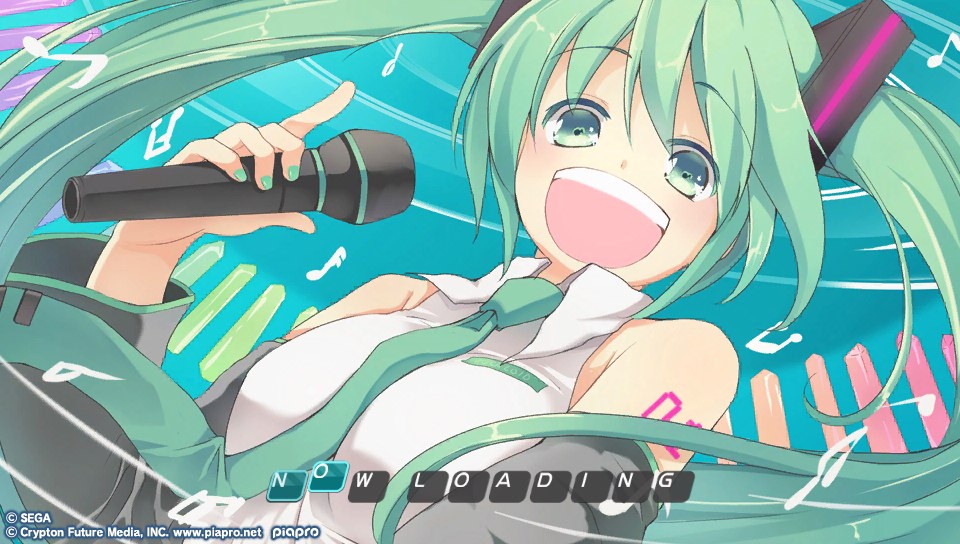25 years old. Just four years my junior, the Game Boy and I have been through a lot together.
Well, mostly me. The Game Boy just played games while I dealt with the real drama. And I’d be lying if I said we spent the entire time the together. Once the Game Boy Color came around, my time staring into its pea soup void turned to nil.
But now isn’t the time for such unpleasantries! We are here to celebrate the life and times of our dear friend Game Boy.
Despite owning a GB early in its life, I was never able to appreciate its wider library until much later in my life. I owned very few of the handheld’s staples, Super Mario Land 2, Tetris (of course), Pokémon Blue Version and Kirby’s Adventure made up the only notable parts of my collection. Despite that, I was very much a Game Boy Kid, and this early introduction to portable gaming shaped me into someone that understands the importance of handhelds. I made up for lost time with the Game Boy Color and Advance, buying up the gems I had missed out on in my youth.
The Game Boy’s importance is immeasurable. While its hard to believe I could ever play on a handheld without a backlight, the Game Boy made you want to do it. It felt incredible carrying your own little TV screen around, playing games at the dinner table while your family attempted to bond with you.
In saying that, I’m reminded of a time my Mom spent a lot of time with the Game Boy. Her heart belonged to Tetris, a feeling many of us can understand. As an adult, she was the one burdened with purchasing batteries, and likely felt it was a “racket”. To ease the pain, she bought some weird, bulky, rechargeable pack, produced by some unsavoury third party. While at a friend’s cottage, a loud bang drew my attention to my Mother, now ghost faced and grasping my Game Boy. Turns out, the Game Boy was so appalled by the battery pack that it had rejected it, blowing it off and across the room. It was the coolest and worst thing I had ever seen.
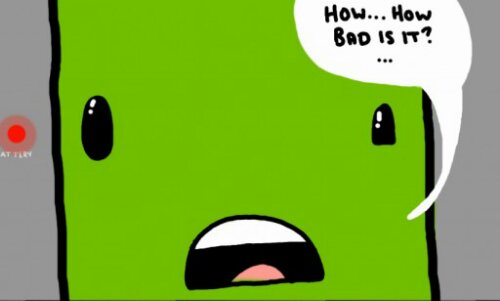
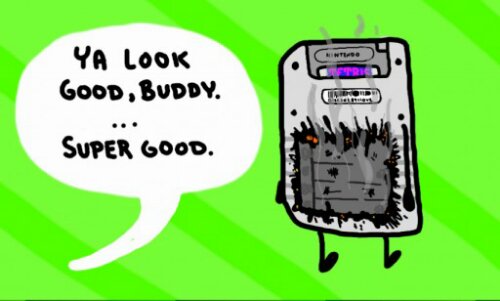
While we may never see the Game Boy line return (can we accept a dual screened handheld baring that moniker?), it also feels more a part of history. It came, laid the groundwork for systems like the DS and PSP, and turned back to dust (or whatever plastic turns into when it dies). The Game Boy represents a time of my life that can never be duplicated, a time without worry, and plenty of time to play games.
Happy birthday, Game Boy.
